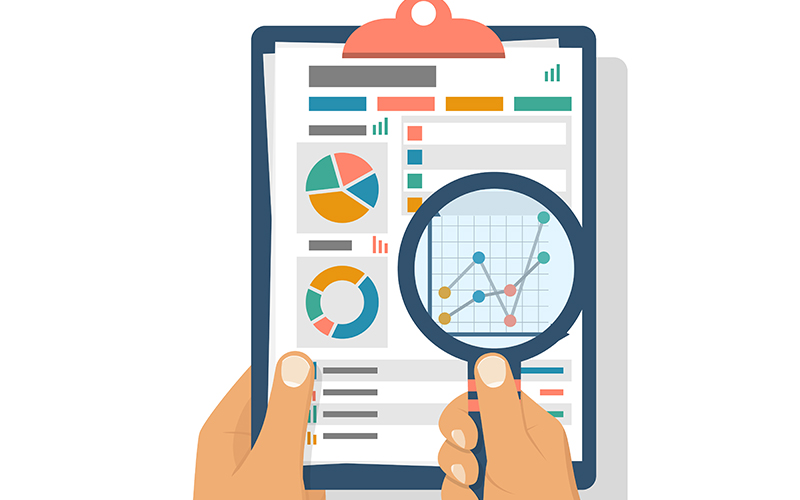BPM Analytics
EVs are great! But who’s keeping tabs on fraud risk at charging stations?
With the rising concerns about climate change, electric vehicles (EVs) have emerged as a suitable alternative to petrol- and diesel-powered engines, in reducing greenhouse gas emissions in line with COP26 resolutions. The energy players, no doubt, will play a pivotal role in this evolution by powering charging infrastructure for the rapidly growing sales of EVs, say Kumar Aditya, senior analyst and Anand Chandrashaker, senior domain principal at Infosys BPM.
But ensuring the availability of infrastructure is just the half work done. How must energy providers ensure a robust anti-fraud and anti-theft infrastructure is the question to be asked here. Safeguarding the infrastructure against potential threats and risks is essential to plug vulnerabilities that arise with growing volumes, and to assure revenue generation at all touchpoints.
With the ecosystem for EVs evolving rapidly, the rise in sales has also been staggering, rising at a rate of 108%. An estimated 9.5 Mn EVs are expected to be sold by the end of 2022 itself. Energy theft, fraud, and billing inconsistencies have already plagued the power and electricity landscape for decades. Around $96 billion (€89.55 billion) is lost globally every year to such incidences. Energy providers have been tackling these issues with technological changes.
But with the digital load set to increase with the addition of EVs, the need of the hour is for infrastructure providers to have a scalable and reliable anti-fraud and theft management solution that is capable of leveraging analytics to identify vulnerabilities in the transmission and consumption stages of supply. An effective fraud management solution must enable the right controls, validations, and audit mechanisms to trigger near-real-time alerts and actions in an automated or semi-automated manner.
What’s the issue?
One of the major challenges while addressing fraud at charging points will be the type of usage. Theft and fraud issues at a commercial charging station are about EV charging vendors, electric-meter spoofing, EV maintenance companies, billing settlement with EV stations, and usage consumption patterns. For retail customers, i.e. individual owners of EVs, loss prevention analysis will largely depend on consumption pattern, demographic details, billing and payment methods, inspection, and complaints data.
Another major challenge for electricity providers is to handle technological integration between existing infrastructure and the new charging station setup. This is important because the new ones are fully digital and are supported by smart meters, while energy providers may still be using legacy condition monitoring systems. Such loosely integrated infrastructure is susceptible to vulnerabilities such as cyberattacks on energy companies or charging stations.
Governance risk management and compliance with local authorities and energy commissions become even more important in such a scenario. Policies around risk assessment, cybersecurity, and access & control mechanism set by regulatory authorities must be complied with for the safe and secure functioning of the infrastructure wheel.
What’s the solution?
Integrating and connecting anti-theft and -fraud prevention programs/tools can help energy providers get a better view of the fraudulent activities, their origin, detection, and prevention across all touchpoints, and thus help reduce losses. Installation of IoT devices, such as sensors, actuators, valves etc., would not only handle the influx of data from these devices but also offer an automated rule engine that could trigger alerts in near real-time.
The solution should be equipped with prescriptive analytics to reduce false positives and refine new and existing controls on the fly. Although most of the advanced metering infrastructure (AMI) is already equipped with anti-fraud and anti-hack solutions, having an added layer of analytics helps address the various new and emerging frauds of the digital world, such as identity theft, recharge abuse, use of stolen credit cards, payment fraud, etc.
For energy providers to be successful in combating such vulnerabilities, they must monitor their infrastructure end-to-end and report any discrepancies in the charging infrastructure. Diving deep into usage profiles of the consumers and usage analytics from charging stations will provide faster results and mitigate risks at the nip to a great extent.
There’s no doubt that fast charging infrastructure will open a plethora of opportunities for fraudsters and hackers to misuse electricity without any intention to pay for it. Anti-theft systems with smart metering and real-time monitoring can make for a convenient, fast, and infrastructure for energy providers to cater to their customers with minimal revenue losses. For stable revenue generation, energy providers need to explore innovative solutions.
Taking the help of technology to do so will also ensure necessary compliance and transparency in terms of revenue generation by energy providers. Surely, a massive boom in electricity demand from EVs will eventually necessitate such a technology integration for energy providers; that is if they want to plug revenue leakages arising due to vulnerabilities in legacy systems and be relevant in a space that is rearing for cut-throat competition.
This article was first published on IoT Now and The Evolving Enterprise.






